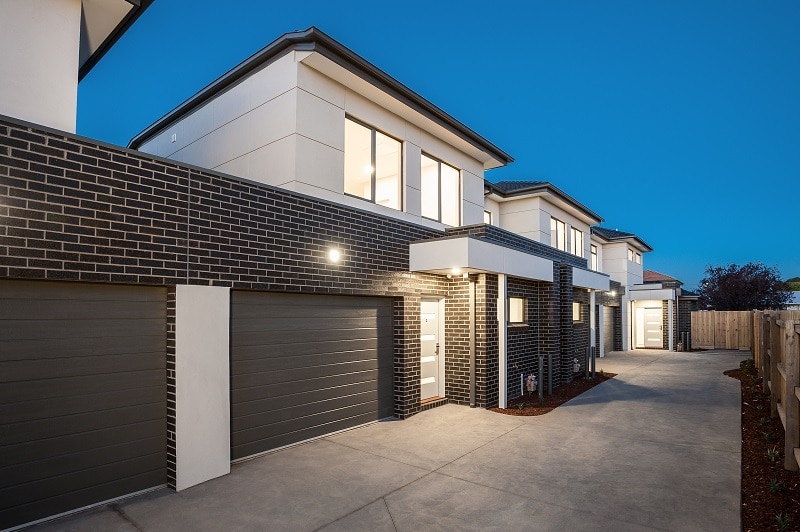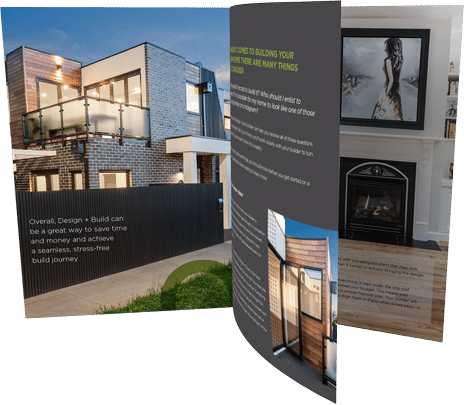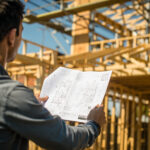How to Choose the Best Location for a Multi-Unit Development
Small property development can be profitable but it can go pear-shaped from the beginning if you choose the wrong site.
Just like some parts of cities are more desirable, and consequently, have higher property prices, property developments must be in the locations that are likely to maximise your profits and minimise your risks.
That’s why selecting the site is always the first factor you must consider in the property development process.
When it comes to ideal locations, there are a number of factors to consider including proximity to the CBD or employment nodes as well as amenities and infrastructure such as public transport, schools, and retail or lifestyle precincts.
So, before you leap into a multi-unit development, here are seven factors you must consider.
1. How desirable is the suburb
What we mean is how desirable does the general population perceive this area to live in?
You might question what this has to do with property development, but desirability increases the value of everything.
The more people want something – whether it’s a pair of shoes, a car, or a property – the higher the price.
The same, of course, with property.
To secure potential profits, you must choose a location that is desirable, such as near the beach, a shopping precinct, or within a highly sought-after public school zone.
2. Expected population growth
Just like desirability, you want your property development location to be an area where the population is increasing.
That’s because if the population is increasing, there will be rising demand for property.
Of course, you also need to ensure the area is not in the midst of an oversupply as that could significantly reduce your profits or even your ability to sell for a period of time.
3. Nearby public infrastructure
One of the keys of successful property development is infrastructure such as public transport as well as retail and hospitality precincts.
It’s important, however, to not rely on the “promise” of infrastructure that has not been fully funded.
That’s because large scale infrastructure can cost billions of public and private money and therefore can take decades to complete.
However, if a new university or a new or expanded train station, is funded and construction is set to begin, then that’s something you can take to the bank.
4. Surrounding land and housing development
As we mentioned in the second point, you must also choose a location where there is a sustainable amount of building developments underway.
You don’t want to come late to the party and find that your townhouse development completes when the market is saturated with similar properties.
Ideally, you want to develop in a location that is the at the very start of its upward trajectory – not when everyone else has joined the party.
5. Nearby public amenity
Suburbs chocker-block with amenities will always be in demand from buyers.
That’s because our lives only seem to get busier so if we have public transport options, parks, medical facilities as well as cafes and supermarkets nearby that means we can access everything we need more easily.
Increasing amenity is also a sign of a rising population and can also be a signal of gentrification when hipster barber shops and espresso bars start opening up.
6. School Zones
Being in the “right” school zoning can have a big impact on your return on investment.
The best state high school zones generally mean higher property prices as parents compete with each other to secure places for their children.
Make sure you research which zones are sought-after as well as which schools they feed into.That way you can also ensure that you’re building the right type of property for the local demographics.
7. Planning
As we’ve written about in a previous blog, planning is vital to secure future profits.
The problem with planning, however, is that it is a specialised field so you will need to access expert advice to ascertain the planning requirements for your potential development project.
That said, it is small price to pay compared to pushing forward with a project that contravenes local planning laws.
Things you must understand about planning before proceeding include:
– Is the location suitable for your project?
– Is the land size appropriate?
– Is the block wide enough?
– Will the vegetation have an impact on what can be developed?
– Is the land affected by any planning overlays?
If you’ve already chosen the perfect development site, we can help guide you through the design + build of your new development. Contact us today!






